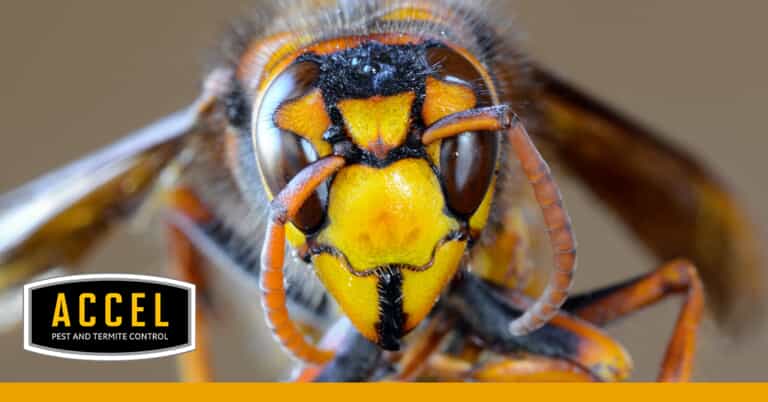Everything You Need to Know About the Murder Hornet

What is the ‘murder hornet’?
The so-called murder hornet is actually a species called the Asian giant hornet or Vespa mandarinia. The hornet is native to Asia and can be found from Japan and Russia all the way down to Thailand and Myanmar.
This species of hornet is the largest in the world and can grow up to an inch and a half in length. The Washington State Department of Agriculture (WSDA) has verified four sightings of the bug since fall 2019, and many are worried about what the potential spread of the population could mean for the United States.
Is it dangerous?
According to The New York Times, the hornets kill up to 50 people in Japan per year—however, it should also be noted that these hornets are considered a delicacy and are hunted by humans. The WSDA states that hornets don’t typically go after humans, however, their stingers are longer and thor venom is more toxic than that of any local bee or wasp. Still, the real danger these hornets pose is to the bee population of the United States.
Murder hornets get their sinister nickname from their brutal hunting practices. A worker hornet will seek out a honeybee hive—once it finds a good target, it will place a pheromonal mark to signal other hornets to help. The hornets force their way into the nests and overpower the bee defenses. Murder hornets have been known to rip the heads off of honeybees to subdue them and will feast on the honey and larvae in the hive for weeks—effectively killing the population of a hive.
While the species of honeybees in Asia have better defenses against the hornet, the honeybees of the United States are easy targets. Our bees are mostly descended from the Italian subspecies of bees—noted for their gentle nature and honeymaking abilities. They’re already in danger of dying out and this new predator won’t help.
It’s important to note that sightings of the Asian giant hornet have so far only taken place in the Pacific Northwest. The hornets are unlikely to have crossed the country at this time, however, if you wish to report a suspected sighting of a giant hornet, please contact your state’s invasive species manager (or the Ohio Department of Agriculture or Virginia Department of Agriculture).
